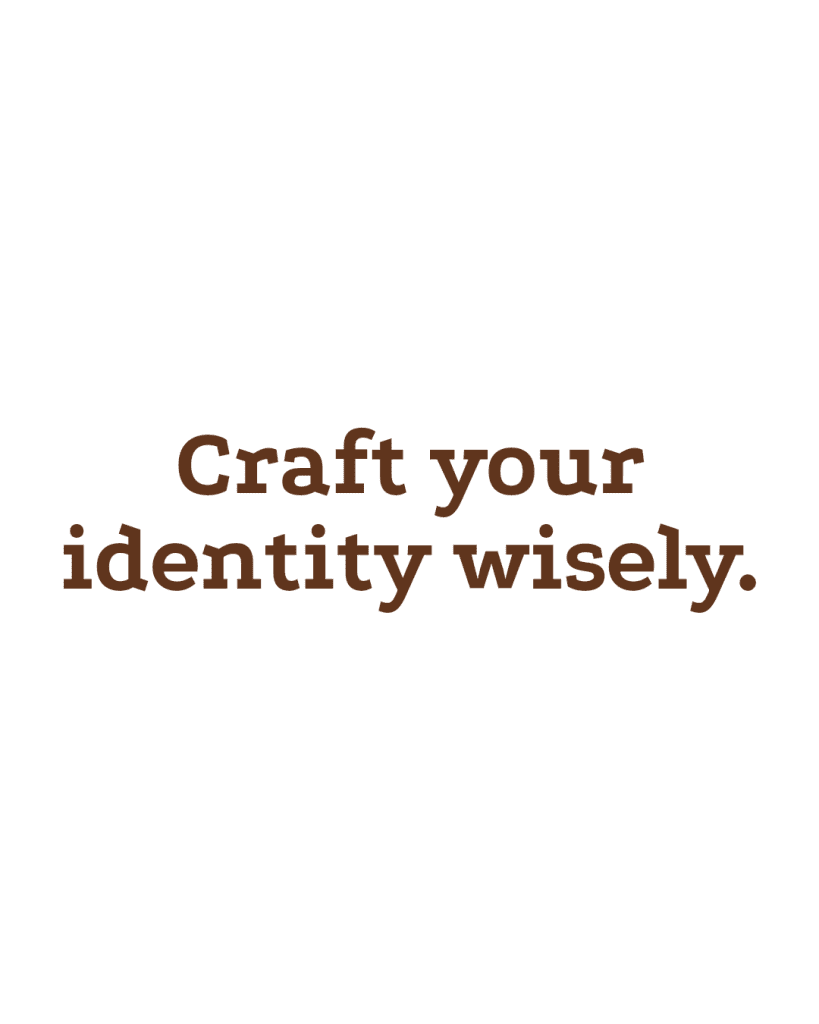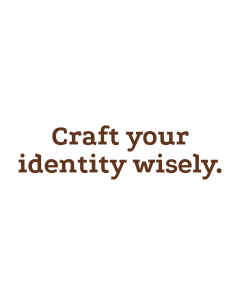When you’re setting the stage for your small business, crafting a strong brand identity is like laying the foundation for a sturdy house. It’s not just about having a catchy logo; it’s about weaving a consistent story across all your platforms that speaks directly to your audience. Whether you’re sharing your story through a website, social media, or even a business card, consistency is key to building trust and recognition. A well-thought-out branding guide can help ensure every piece of communication mirrors your core values and vision. In this post, we’ll walk you through the essentials of creating a cohesive branding guide that will not only streamline your marketing efforts but also enhance your connection with your customers. For more insights on building a compelling brand identity, check out this helpful resource.
Establishing Your Brand Foundation
Let’s start by laying the groundwork for your brand. This section will cover the basics of creating a solid brand identity that will set you up for success.
Crafting a Branding Guide
A branding guide is your roadmap to consistency. It’s a document that outlines all the key elements of your brand identity, making it easier for you and your team to stay on the same page.
Your guide should include your brand’s mission, values, and personality. These elements form the core of who you are as a business and will guide all your branding decisions.
Next, include visual elements like your logo, color palette, and typography. These are the building blocks of your visual identity and will be used across all your marketing materials.
Don’t forget to add guidelines for your brand voice and tone. This helps ensure that all written communication, from social media posts to email newsletters, sounds like it’s coming from the same source.
Consistent Color and Font Choices
Colors and fonts are powerful tools in your branding toolkit. They can evoke emotions, set the mood, and make your brand instantly recognizable.
When choosing your color palette, think about the feelings you want to evoke in your audience. For example, blue often represents trust and professionalism, while yellow can convey energy and optimism.
Your font choices are equally important. Serif fonts (like Times New Roman) can give a traditional or sophisticated feel, while sans-serif fonts (like Arial) often appear more modern and clean.
Consistency is key here. Use the same colors and fonts across all your materials to build recognition. This guide on building small business branding offers some great tips on color and font selection.
Maintaining Consistency Across Platforms
Now that we’ve established your brand foundation, let’s explore how to keep your brand consistent across different platforms and mediums.
Social Media and Web Presence
Your online presence is often the first point of contact between your brand and potential customers. It’s crucial to maintain consistency across all digital platforms.
Start with your website. Make sure it reflects your brand colors, uses your chosen fonts, and showcases your logo prominently. Your website should be a direct extension of your brand guide.
For social media, create templates that incorporate your brand elements. This makes it easy to create consistent posts across different platforms like Instagram, Facebook, and LinkedIn.
Remember that each platform has its own unique features and audience. While your core brand should remain consistent, you may need to adapt your content slightly for each platform.
Don’t forget about your email marketing. Your newsletters and promotional emails should also align with your brand guide to create a cohesive experience for your subscribers.
Print Materials and Collateral
While digital presence is important, don’t overlook your physical branding materials. These tangible items can leave a lasting impression on potential clients and partners.
Start with your business cards. They should clearly display your logo, use your brand colors, and include your key contact information. Consider using high-quality paper or unique finishes to make them stand out.
For brochures and flyers, maintain the same color scheme and font choices as your digital materials. This creates a seamless experience for customers who interact with your brand both online and offline.
If you have a physical store or office, extend your branding to your signage and interior design. This creates an immersive brand experience for visitors and reinforces your identity.
Engaging Your Audience with Unified Messaging
A cohesive brand isn’t just about looks. It’s also about creating a consistent message and voice that resonates with your audience.
Tone of Voice and Imagery
Your brand’s tone of voice is how you communicate with your audience. It should reflect your brand’s personality and values, whether that’s professional and authoritative or friendly and casual.
Consistency in tone helps build trust with your audience. If your website copy is formal but your social media posts are super casual, it can create confusion about who you really are as a brand.
When it comes to imagery, choose photos and graphics that align with your brand aesthetic. Whether you’re using stock photos or creating custom graphics, they should feel like they belong to your brand.
This Reddit discussion on branding for small businesses offers some great insights on developing a consistent tone and visual style.
Building Trust and Recognition
Consistent branding across all platforms helps build trust and recognition with your audience. When people see your brand repeatedly presented in the same way, it becomes familiar and memorable.
Trust is built when your brand delivers a consistent experience. If your website promises high-quality service, make sure your customer interactions live up to that promise.
Recognition comes from repetition. The more people see your consistent branding, the more likely they are to remember you when they need your products or services.
This article on brand identity explains how consistency can lead to increased brand loyalty and customer retention.
Remember, building a strong brand takes time and effort. Stay true to your brand guide, be consistent in your messaging, and you’ll create a powerful brand that resonates with your audience.
If you’d like help building your branding guide, we’d love to connect. Contact us for a free consult today!


